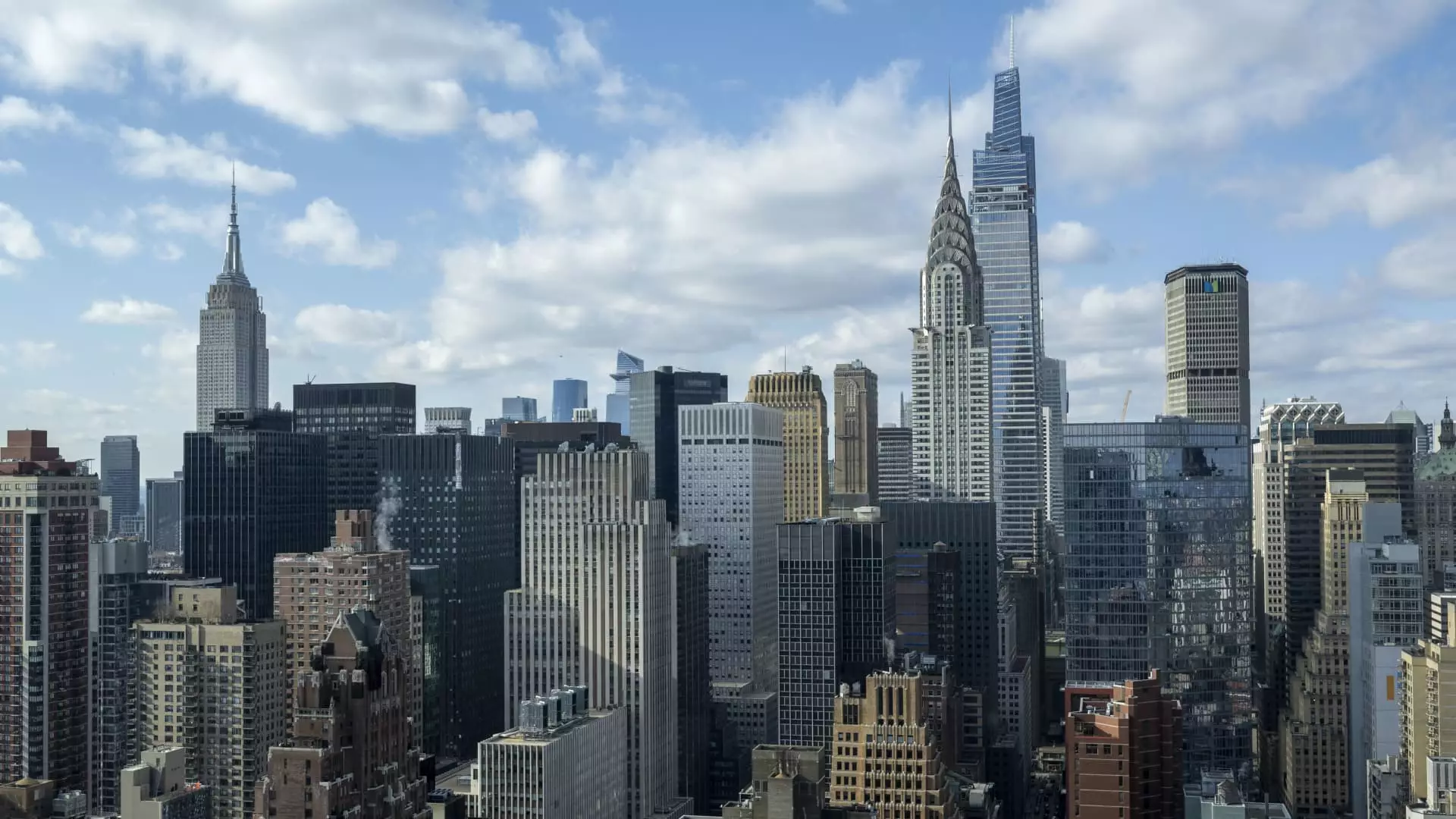In the aftermath of the COVID-19 pandemic, New York City has witnessed a remarkable resurgence in demand for office spaces. With a notable 25% increase in office demand during the fourth quarter of last year compared to the previous year, the city’s real estate market is showing signs of robust recovery. Factors such as an influx of new workers and strategic pushes from employers for their workforce to return to the office are driving these statistics. This article aims to explore the dynamics behind this resurgence and analyze the implications for various stakeholders within the city.
The recent spike in office demand can be attributed to various elements, particularly in key sectors like finance, technology, and business services. Nick Romito, CEO of VTS, emphasizes that this return to the office is reflective of New York City’s unique cultural and economic landscape. As organizations seek to regain a sense of normalcy, the need for collaborative environments has become increasingly essential. Many companies have initiated return-to-office policies requiring employees to be present on-site multiple days a week, indicating a shift away from pandemic-era remote work practices.
Moreover, companies are not merely waiting to see how the market unfolds but are proactively investing in their office spaces. SL Green Realty Corp, a major player in Manhattan’s real estate, has noted tightening conditions in the office market, despite missing initial revenue expectations. The projection of approximately 38,000 new office-utilizing jobs by 2025 underscores the long-term recovery potential for the market, with significant implications for real estate firms and landlords.
The Role of Major Corporations
The commitment of major corporations to maintaining or even expanding their office footprints stands as a testament to their confidence in the NYC office market. IBM recently solidified this trend by signing a substantial expansion lease for over 92,000 square feet at One Madison Avenue, raising their total space in the property to more than 360,000 square feet. Comments from IBM executives underline the importance of direct collaboration and interaction within a physical workspace, which highlights the shift towards creating environments that foster innovation and partnership.
These moves by larger corporations indicate a broader trend reflecting the necessity for office presence, not only for operational efficiency but for cultural and relational continuity. As companies manoeuvre to attract talent—especially younger generations who often prioritize work culture and flexibility—it becomes clear that dynamic office environments are vital.
While New York City is leading the way in office demand recovery, other markets across the United States are also witnessing varying degrees of growth. San Francisco has recorded a staggering 32% annual growth rate, indicating rapid recovery, albeit from a weaker starting point. Cities like Seattle and Chicago are also seeing a notable increase in demand, although they are primarily moving towards hybrid work models that require some degree of in-person attendance.
Ryan Masiello, chief strategy officer at VTS, points out that different markets have unique recovery trajectories. For instance, even as NYC embraces a return to traditional office settings, many regions are still navigating the complexities of hybrid work arrangements that necessitate a balance of remote and in-office time. Hence, the national office demand landscape appears to be one of cautious yet steady progress amidst broader economic uncertainties.
Future Outlook: Confidence Amid Challenges
The overall outlook for the NYC office market is promising as businesses exhibit renewed confidence in real estate investments, a trend highlighted by a 12% increase in national demand in the last quarter. Historical patterns indicate that typically demand declines toward the end of the year, making this uptick noteworthy. The data suggests that businesses are willing to commit to long-term planning despite ongoing economic challenges, signaling a newfound adaptability to the evolving work environment.
The resurgence of office demand in New York City reflects a complex interplay of cultural, economic, and operational factors. As organizations continue to adjust their strategies for returning to the office, it is clear that the landscape of work is changing. For stakeholders across various sectors, this moment presents opportunities to rethink traditional office uses and embrace innovative approaches that align with the needs of a post-pandemic workforce.


Leave a Reply